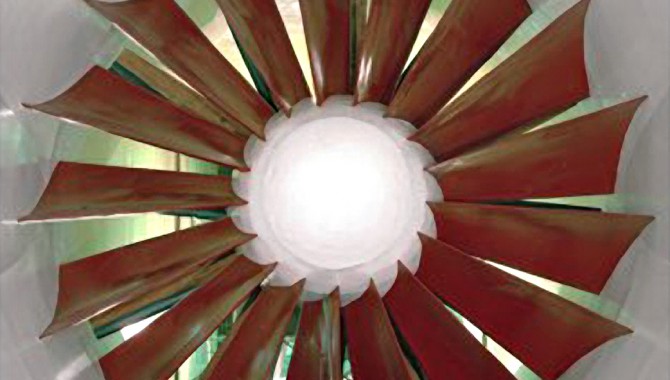
By Bo Schwerin One morning in 1990, a group of Glenn Research Center employees arrived to find their workspace upended by an apparent hurricane.

By Bo Schwerin One morning in 1990, a group of Glenn Research Center employees arrived to find their workspace upended by an apparent hurricane.
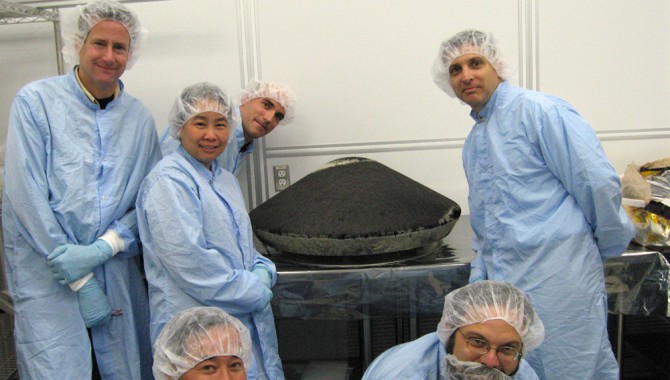
By Karen M. McNamara When I started at NASA, I never dreamed of being responsible for the science preservation and recovery of a mission, let alone something that even NASA had never attempted before.
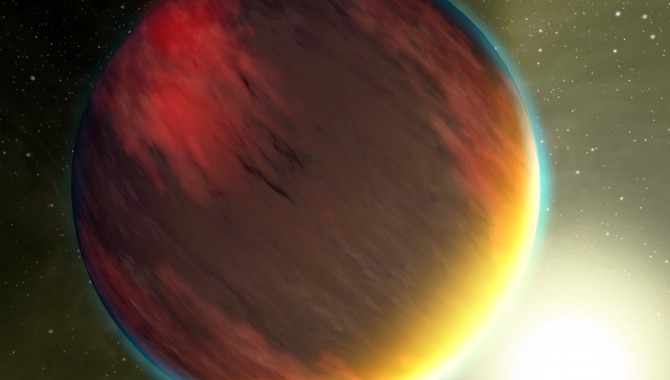
NASA in the News NASA’s Kepler space telescope, designed to find Earth-size planets near sun-like stars, has discovered its first five exoplanets, or planets beyond our solar system.
By Ed Hoffman The shuttle has been the dominant image of an entire generation of human spaceflight, shaping NASA’s missions, organization, and self-image for nearly thirty years.
Don Cohen, Managing Editor In his Knowledge Notebook piece (“How Organizations Learn Anything”), Laurence Prusak says that most effective learning comes from hands-on experience combined with reflection on that experience. He notes that many organizations give short shrift to the reflection part.
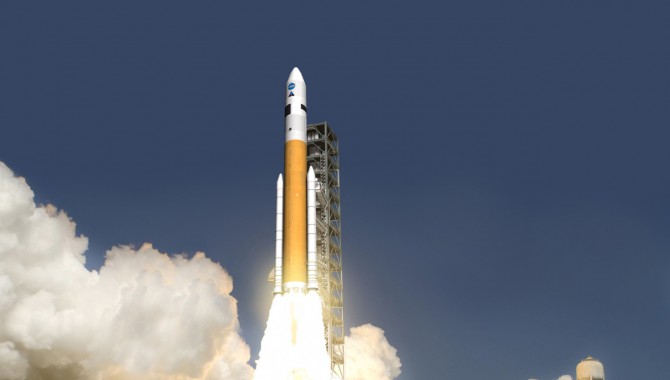
By Bruce Morris, Greg Sullivan, and Martin Burkey It’s a cliché that rocket engineers and space scientists don’t see eye to eye.
August 7, 2008 Vol. 1 Issue 7 The Academy’s four-level career development framework is the basis for determining what training, work assignments, and developmental activities are right for you.
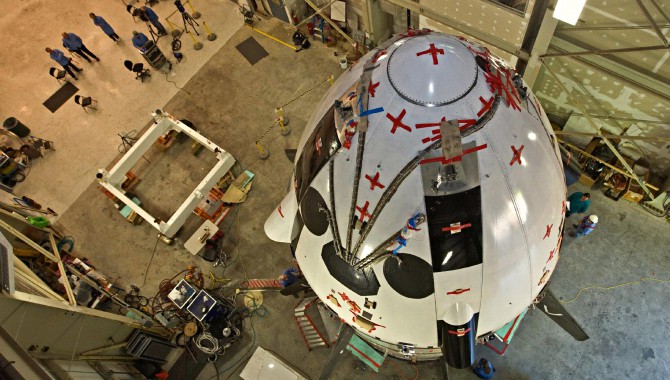
By Dawn Schaible In 2007, the Exploration Systems Mission Directorate asked the NASA Engineering and Safety Center (NESC) to design, develop, build, and test an alternate launch abort system for the new Orion crew module.
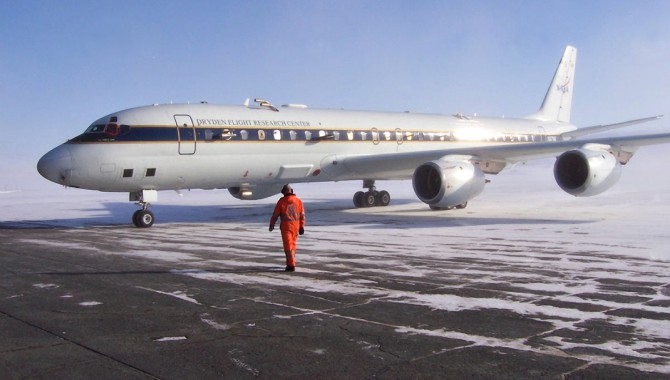
By Kerry Ellis The Airborne Science Program within NASA’s Science Mission Directorate has helped take Earth science to suborbital heights.